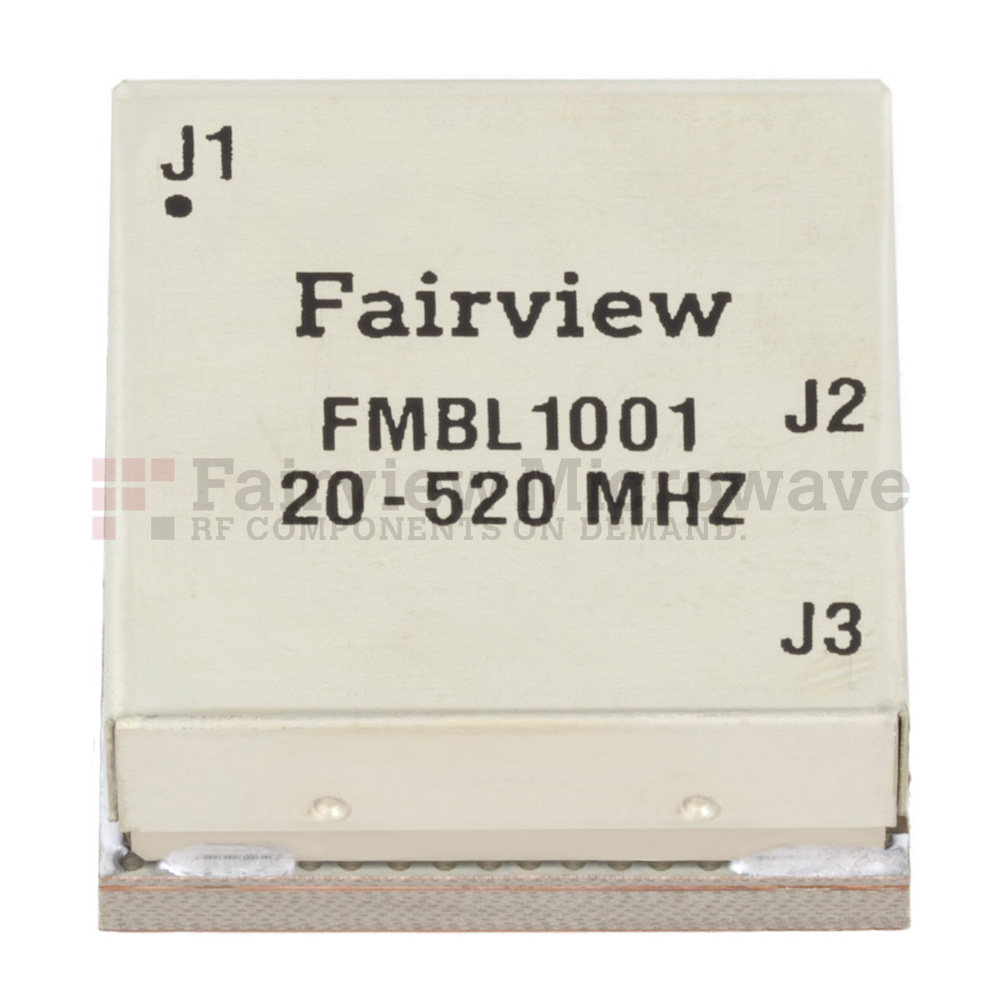RF Baluns, and their less common cousins, ununs, are predominately used throughout the RF & Microwave industries for impedance transformation applications, mainly impedance matching. Baluns, specifically, match impedances between balanced and unbalanced circuits. A balanced circuit or signal path is simply a differential signal path where the forward and return path are provided as distinct conductive pathways referenced to each other. An unbalanced circuit or signal path is where the primary signal path is referenced to ground, i.e., single-ended. Outside of typical differences in impedances between balanced and unbalanced circuits, there are other issues with directly connecting them. Hence, a balun provides an impedance transformation between balanced and unbalanced that addresses these issues.

RF Baluns can be fabricated in a variety of ways, but in essence, an RF Balun is a specialized RF Transformer, and can be made from monolithic microwave integrated circuit (MMIC), low-temperature co-fired ceramic (LTCC), high-temperature co-fired ceramic (HTCC), transmission lines, or core-and-wire technologies. Surface mount technology (SMT) baluns are generally either LTCC or made from one of several MMIC technologies.
Generally, the most important figures-of-merit (FOM) for RF Baluns is the phase and amplitude balance. Any imbalance of phase and amplitude leads to greater losses and reduced performance in the system.
Balun Key Figures-of-merit (FOM)
- Common-mode rejection ratio
- Balanced port isolation
- Phase balance
- Amplitude balance
- DC/ground isolation
- Group delay flatness
The most common use case for an RF Balun is to provide an impedance transformation between an balanced antenna and an unbalanced signal path (either a transmitter and/or receiver). However, in many cases SMT baluns are also being used to enhance common-mode rejection ratio (CMRR) and improve noise immunity in high-speed communication circuits. Other more common uses also include interfacing between transmission lines, such as coaxial transmission lines, and modern active devices made with solid state technology. For example, digital-to-analog converters (DACs), analog-to-digital converters (ADCs), mixers, and amplifiers often have unbalanced ports, which may need to be connected through coaxial transmission lines to other components in the signal chain. Hence, an RF balun would be used in between these unbalanced ports and balanced transmission line, which would enhance the noise and crosstalk immunity of the signal path. An unbalanced port of a solid-state device could be directly connected to a coaxial transmission line but would have less noise and crosstalk immunity. Another increasingly common application for RF baluns is providing impedance matching between unbalanced signal sources and wideband converters that generally have very different port impedances.


